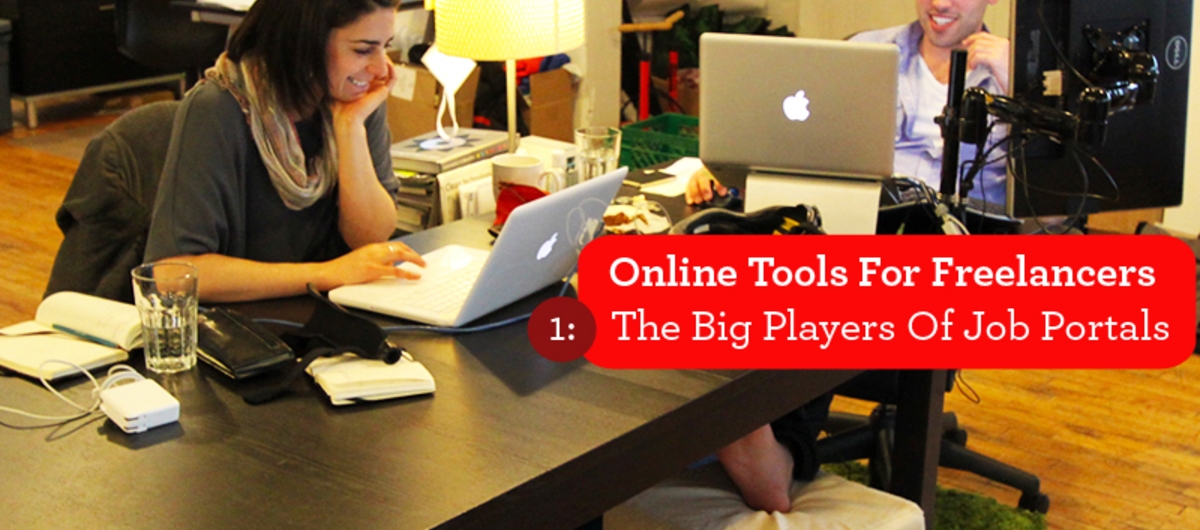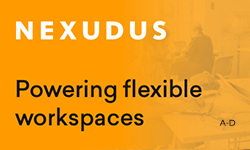The major online workplaces
Most of the classic online workplaces are very similar. All of then usually offer the same services; such as profiles with an added resume and skill set, automated billing systems and tracking tools per hour or milestone. You can also search for the jobs that may fit you best, found mostly in the fields of web development, graphic design and translation.
There are usually large databases of freelancers and agencies, naming their price, qualifications, and what they specialize in, often including a rating system based on the experiences had by their clients. These websites also allow you to look for contractors in your area, not only in India, making it possible to meet in person.
oDesk
oDesk recently changed their appearance by using a more simplified interface, which looks less robotic, and more welcoming. Founded in 2003, it became one of the most popular marketplaces for freelancers. ODesk claims that it's the portal where contractors reach the highest earnings.
Odesk doesn't charge you for creating listings or profiles on their website. Instead they take a fee of 10% when you pay for finished projects or tasks. It's up to the contractors and clients to agree on who's paying the fee in the end. Odesk offers both options, and all transactions are made in US dollar. Yet, it is important to recognize that it is not linked with a US bank account but rather a “wallet” that you can withdraw from at anytime. Payment in US dollar can be seen as both a good and a bad thing. Working with one currency can produce stable results in regards to the local currency and it is more predictable, yet it can vary a lot when considering exchange rates.
Twago
Twago is based in Europe, which has an interesting impact. You can post projects and create profiles in up to five languages, supporting both local and international markets. The categories, from which one can choose, are more simplified compared to other platforms. Twago also offers an escrow service, which guarantees that projects are already financially secured once they start. When a milestone or project is finished, contractors will be immediately paid.
Twago's services are free for demanders. Optional services such as verifications of profiles, restricted or highlighted visibilities of projects tend to cost extra. Contractors and agencies pay a monthly fee, yet you have the option to choose from five memberships, and the beginner level with restricted services and visibility is free.
Elance
Elance was founded in 1999 and changed to its current business model in 2006. It belongs to one the biggest players in the marketplace for freelancers. A few days ago, they celebrated a new record, having two million freelancers registered on their platform. Commission fees are a bit cheaper than on oDesk, between 6,75 and 8,75% per transaction, but you only pay if you received money for your product and get a service in return. In addition, there are several membership plans "if you would like to connect with more prospective clients".
Elance also offers an escrow service for milestones. The website can be accessed in eight different languages, but the common language used for profiles and job descriptions is English. Standard currency is US$, and in addition you can receive direct global payments in your 'local' currency. The payment options are quite diverse, however, the fees can be too.
Freelancer.com
Freelancer.com prides itself on being the “worlds largest outsourcing marketplace”, and has taken over a lot of other freelancer marketplaces in recent years. The last acquisition happened in November 2012 by buying VWorker.
It has some caps on what you can pay or receive, projects starting at 30 dollars and usually staying under 200. Freelancer.com also gives the opportunity for employers to only pay the freelancer if they are happy with the work. This, of course, must be very appealing for the employer. Furthermore, it promotes "saving costs" more than other opportunities. On the other hand, you must bid on a freelancer. You can look at their profile, and if you are interested, you must out bid the others who are interested as well.
Freelancer.com seems to be a way to pick up a little extra work, as opposed to a project with a larger time commitment. The website charges fees on both sides. Employers with a free membership pay a commission of 3% or at least 3 US$. Commissions for freelancers start at 10% or at least 5US$. The fees can be reduced by upgraded memberships, starting at 5US$ per month, including more services such as express withdrawals. As Australian company, people in Australia need to pay GS taxes of additional 10%. Freelancer.com is accessible in 11 different languages.
There's a wide range of other online workplaces with similar concepts either restricted to certain professions or to another language. Guru, for instance, is focusing mainly on web developers, while nubelo is serving the Spanish speaking market. But there are also online tools which follow a complete different style:
Freelanceswitch
This site serves as a guide to becoming a freelancer. In fact, it offers a newsletter and posts about how to promote yourself, understand what kind of clients you will want to target and much more. For 7 dollars a month you can become a member, and once you are, you can apply for anything listed in the job postings.
Aside from a large directory and forums giving advice, you can also read articles, which give insight to the various difficulties freelancers may experience when they are starting out.
Jovoto
Jovoto takes a different approach to outsourcing, by focusing on quality and fair prices instead of quantity. It's not about hosting content, but also hosting members and clients. Apart from that, it's more of a crowdsourcing platform. They connect bigger companies with creative workers around the world such as graphic designers or architects through public or private projects.
You can submit ideas to running projects. During the last seven days of a public campaign, the community can vote for the ideas they liked the most. The finalists receive cash prizes for their concepts, and the winners often have the opportunity to develop their winning idea. All other participants could use these kinds of projects to promote their copyrighted artwork and skills in public. Even if that means that there are fewer projects you can take part in, the attention to a single project is much higher than on other platforms.
::
Related articles:







